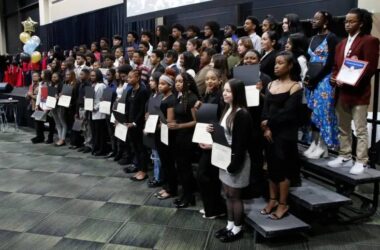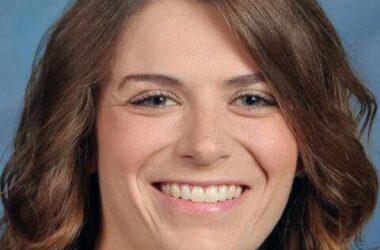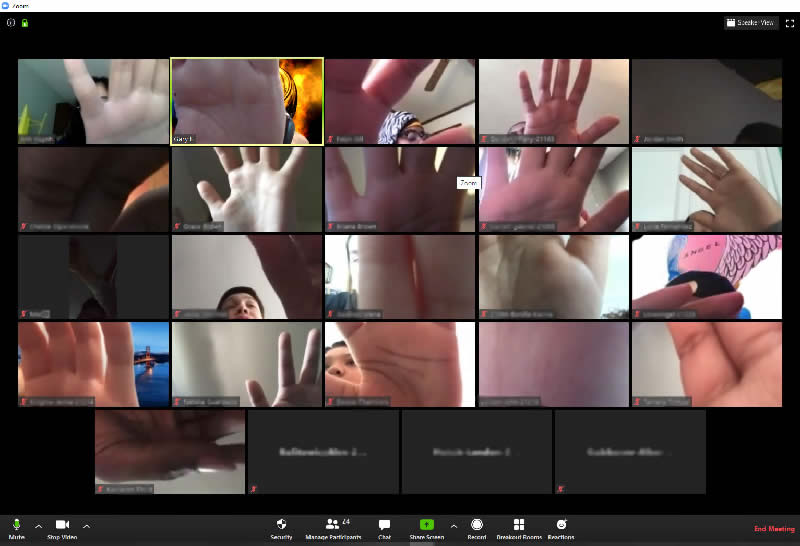
Chicago Heights, IL-(ENEWSPF)- Marian Catholic High School excelled this spring at eLearning thanks in equal parts to a supportive administration, creative faculty, and a resilient student body prepared by several years of one-to-one computer learning with iPads.
Full disclosure: This writer just completed 30 years last spring teaching at the Dominican Sisters of Springfield‘s flagship institution, and I’m proud of everything we accomplished when SARS-CoV-2 (COVID-19) decided the course of education from mid-March through the end of the school year.
The faculty was on retreat at St. Kieran Catholic Church on Friday, March 13, when we learned that Gov. J.B. Pritzker announced that all schools in Illinois would be closed through mid-April, 2020. The school issued a statement the same day with the plan to be learning remotely through Friday, April 3, observe Spring Break the week of April 6 – 10, and likely return to in-school learning the following week.
The virus that does not discriminate had other plans.
During our retreat that Friday the 13th, Mr. Sean Scanlon, now Director of Curriculum and Instruction, gave faculty their first tips on what eLearning might be like. The plan was, and remained throughout, to keep students “in school,” meeting during regular class periods even though students and teachers were attending online from home. So, when the first period began at 7:45 AM on Monday, March 16, students were expected to be present in class remotely, taking a Schoology quiz to show they were on time. The second period, which began at 8:35 AM, required similar proof of attendance, and so on throughout the day and the next two weeks. Students who were not “present” for a class or attempted to check out early received a call from Ms. Linda Fleming in attendance as soon as concerned faculty alerted her that they were not “in class.”
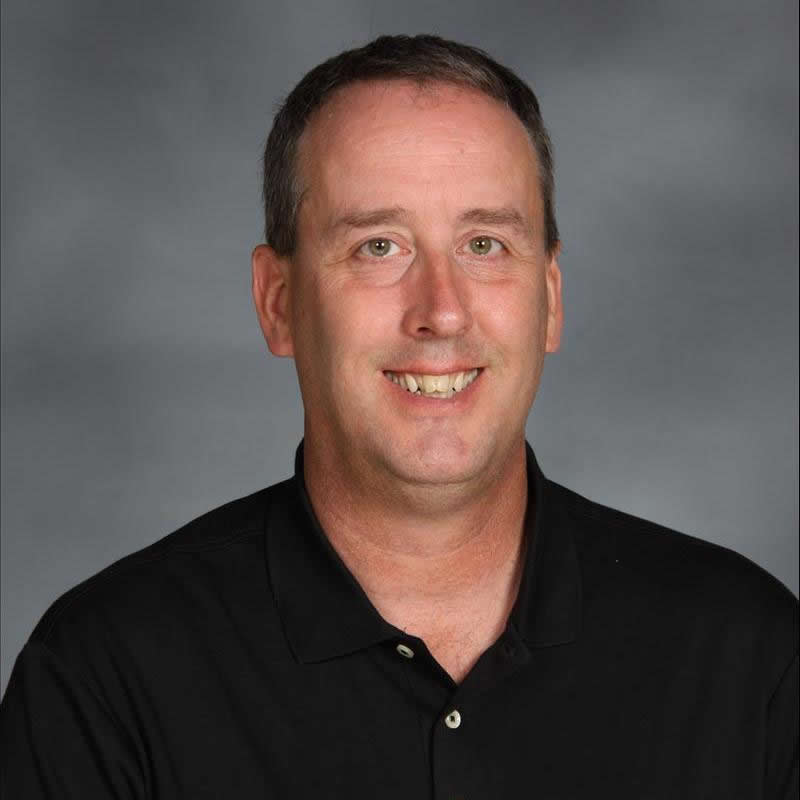
We held school, uninterrupted, every day, and grew our classes from there. Classes uninterrupted then continued for the rest of the school year with every student, every day.
Attendance was incredible.
Many faculty began the first few days assigning classwork, due at the end of each class period, and checking the work of students each day. From there, educators began exploring a variety of programs and apps, many already used by students and faculty, but now being employed in an entirely new context.
Many of us used Google Hangouts to see and speak with our students, moving to Zoom classes as Zoom appeared more robust and offered screen sharing and a whiteboard for faculty who needed to work with students as they would on boards in a classroom.
Faculty met each morning on Google Hangouts with Principal Steve Tortorello before the first period and exchanged tips. We were then invited to make a brief Flipgrid video at the end of each day, unwinding and sharing what worked, what didn’t, and encouraging each other while preparing for the next day’s sessions with our Scholars with a Soul.
There were incredible varieties of teaching methods and applications employed, and we learned from each other perhaps as never before, with Mr. Scanlon and our tech people providing constant support. The challenge to students was freeing up space on their iPad for the new apps called for in each class, perhaps parting ways with a few songs or games they might have downloaded through the years.

Mr. Brian Iggins ’08, teaches in the school’s Social Studies department said he spent a lot of time speaking with his students. His course digs deep as an Advanced Placement class, so much of the preparatory work for the students was, “Read this, write this, do this,” Mr. Iggins said. He also used EdPuzzle, a way of showing YouTube educational videos that require students to answer questions while watching videos. “It forces the students to watch the entire video,” Mr. Iggins said, “It was a good way to go through the content for the 1950s on.”
Mr. Iggins said he employed Discussion Board exchanges with students on Schoology where the teacher provides an introductory prompt and students respond two or three times, per the assignment, and the teacher assesses the responses provided by each student. He said he also did “in-person” discussions using Zoom. “It kind of depended on the kid, the talkative ones really liked talking, the quiet ones” not so much.
Mr. Iggins used Zoom with his students once per week.
Coming from an entirely different type of classroom experience, Laura Hilger ’14, shared the challenges of teaching theater remotely, “It was quite a challenge for me, especially because teaching theater, that’s such a relied-on, in-person, ensemble-building physical activity.”
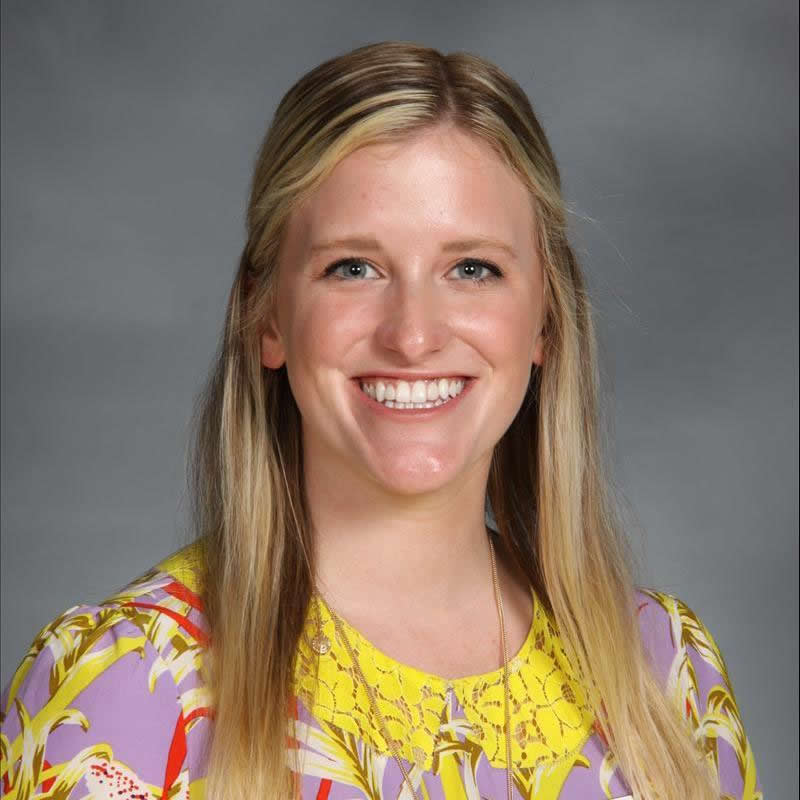
Ms. Hilger said typically, in a physical classroom, “We’re hardly sitting in our seats, so I basically had to re-vamp our entire curriculum in a span of 24 hours. But, I actually think that, by the end, we all got the hang of things, and we got to do a lot more research and analysis-based theater work, which is really cool. We don’t get to get into that with Intro. to Theater.
“We got to dig deeper into things we normally wouldn’t have. It was rocky in the beginning, but I think it ended up being a positive,” she said.
Writing for the National Catholic Educational Association‘s summer issue of Momentum Magazine, Mr. Sean Scanlon shared strategies employed by Marian Catholic educators as eLearning progressed, “One of the key aspects we addressed with our teachers was what formative assessments and virtual lessons would look like. Simply getting answers from students on a worksheet is not reliable feedback and is generally too low on Bloom’s taxonomy to effectively let teachers know how well their students understood a lesson. We encouraged teachers to occasionally require students to use the screen recording option on their iPad to submit a video of them solving a problem as they explain the process. This would allow the teacher to see and hear if students truly understood. Students could use Flipgrid or other platforms to submit these videos and teachers could use PearDeck to get live feedback during a presentation of new material.”
“Our teachers were already using Screencastify or Screencast-O-Matic to record lessons and post them for their students,” Mr. Scanlon continued. “Schoology discussion boards and Google Meet would prove vital in connecting with students. We didn’t want to overwhelm our teachers with new tools, so this was our chance to remind them of tools and apps they already knew about while giving them time to explore a little deeper. Overall, our teachers felt confident they could handle teaching online for a few weeks if necessary, and all the support materials they needed were stored in Schoology.”

“We felt it was important to maintain as much normalcy as possible for our students while the building was (and remains) closed,” Mr. Scanlon said. “We knew from our previous eLearning days that if there was no schedule and work was only being pushed to students, we wouldn’t see the communication and feedback between students and teachers that is vital for our students’ success.”
Principal Steve Tortorello saw the entire faculty essentially rethink education, with sparks of creativity coming from all departments.
“The one thing about this eLearning period that has been surprising, but not surprising to see is that it forces everybody to relook at what they’re doing,” Mr. Tortorello said. “People have been able to double-down on what they’re really good at in a new form. So those teachers who are really, really good at organizing things have found a new way to be organized in a way that’s incredible, digitally. Those teachers that are great at connecting with kids have been able to find new ways to connect with kids, digitally. And so for the first couple of weeks, everyone kind of struggled to find their footing. And then once people got comfortable with the tools, they figured out how to be themselves in eLearning, with the kids, and it’s been really cool to see.”
Mr. Tortorello had high words of praise for Ms. Kathleen Mesterharm ’01, an AP English literature teacher, who, when we spoke in May, had a literary prom with her students.
“Where the project was, they all had to come with a prom date who was a character from one of the stories they’ve read this year,” Mr. Tortorello said. “And they had to explain why this person was their date and why they were at the prom, and all these other things, and it tied in character analysis for these AP literature novels. And a lot of the kids dressed up in their actual prom clothes and then introduced their fictional date. And what a fun way and if you know Kathleen, she always does that kind of stuff: interesting, unique ways to get kids to do the literary analysis or do the learning objective, but in a fun and different, and engaging way. And so that was really cool to hear about and to see.”
Mr. Tortorello said some “super-organized teachers” had their classes meticulously planned “down to the 10 minutes, where their kids are going to do this, this, this, this, and this and their kids move through and it all works like clockwork.
“So for me that word ‘variety’ really captures it all. It really depends on who the person is and how they’ve gotten comfortable in this new digital world.”
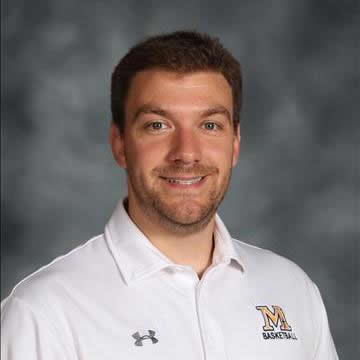
What was the response of the students?
“It varies kid to kid. We’ve got almost a thousand kids and so obviously, we’re going to have a lot of different experiences. I would say the vast majority, and this comes from all the kids and parents I’ve talked to, what we’ve heard from counselors, administrators, teachers, intervening in situations. Like you said, the vast majority of kids, they’re doing just fine. They were doing what they were doing beforehand. This is new and weird and different and not ideal, but they have adjusted and they’re going with it. The kids who are struggling are the kids who struggled beforehand, with turning in assignments, with being in class in time, with being present in class.”
Helping students maintain structure proved important.
“What we found honestly for many of them is that being home, either by themselves or home with their families has made it even more difficult to be structured,” Mr. Tortorello continued. “That they had the structure of the school day to rely on beforehand where the bell would ring, they would go from one class to another; they would see the teacher. The teacher would say, ‘Where’s your homework?’ The teacher would say, ‘Take out your book.’ And a lot of times now, those kids are sitting in their room, you know, playing video games or sitting in their basement texting on their phone or on Instagram, and it’s a lot harder for them to keep focused. So that the vast, vast majority of kids, I’m ballparking it, 85% of kids have adapted just fine. They’re not happy. It’s a pain, but they’re doing it. There’s 10 or 15% of kids out there, though, who already struggled and who are struggling even more. So it’s really a tale of two cities with the kids.
We spoke about our seniors and plans for a virtual graduation at the time.
“My heart breaks for [the seniors] because they didn’t know on, gosh, what was the day, March 12, Thursday, March 12th, when we said, ‘Take your books home, we might have to miss some days next week,’ they never could have thought that was the end of physical, in-person school for senior year. So they didn’t get to have the last lunch in the Leadership Center, the last time walking second hall to their classes.

“And when you’re in school, you know it’s coming, so you cherish all those days leading up to the end. And it just abruptly ended in March and they haven’t seen each other in person since. So it’s really been the biggest challenge for them. And our hope is to be able to do as much as we can, to let them know that we love them and that they’re part of the community and to celebrate them when we’re able to.”
The school actually since held a virtual graduation ceremony and, later, an in-person, socially-distanced graduation on campus.
There may be more to come for this class.
The school spent a lot of time this summer planning what our return-to-school plan would be. These discussions too started in May.
“I’ve been on a lot of calls to different principals, either locally or nationally, for different Dominican schools, Catholic schools, etc. And some schools are taking the tact of they’re going to plan 12 different ways that it could go and then that way they’ll know but I think we are very well equipped to adapt.”
The school has since released its back-to-school plan which, like our faculty and students, will remain flexible.
Mr. Tortorello expressed his gratitude to the school community, especially the seniors, “I’m saying thank you. And I’ve had some messages with some of the kids in the last couple days where I’ve just said, ‘Thank you for all that you brought to our community. Thank you for being flexible. Thank you so much.’ You know, I don’t want kids to think that just because the end of their Marian career was online, that they didn’t have an impact here. There are so many wonderful kids who have done such incredible things in service and in their faith, in the arts and athletics and academically, you know, we’ve got kids going to Notre Dame and Harvard, and Princeton, and going to give a year of service. And my message to them is thank you because you made an impact here at Marian. And you impacted all the people, all the staff here as well. So thank you to the class of 2020. And hopefully, we can serve you the best that we possibly can.”
The system worked because, more than ever, the Marian Catholic community became a team: administration, teachers, and students. We are not rich. Our students do not come from wealth as perhaps they might have years ago. What they offer is far more: a resilience and drive to answer any challenge, a unity of spirit in the midst of physical separation.

